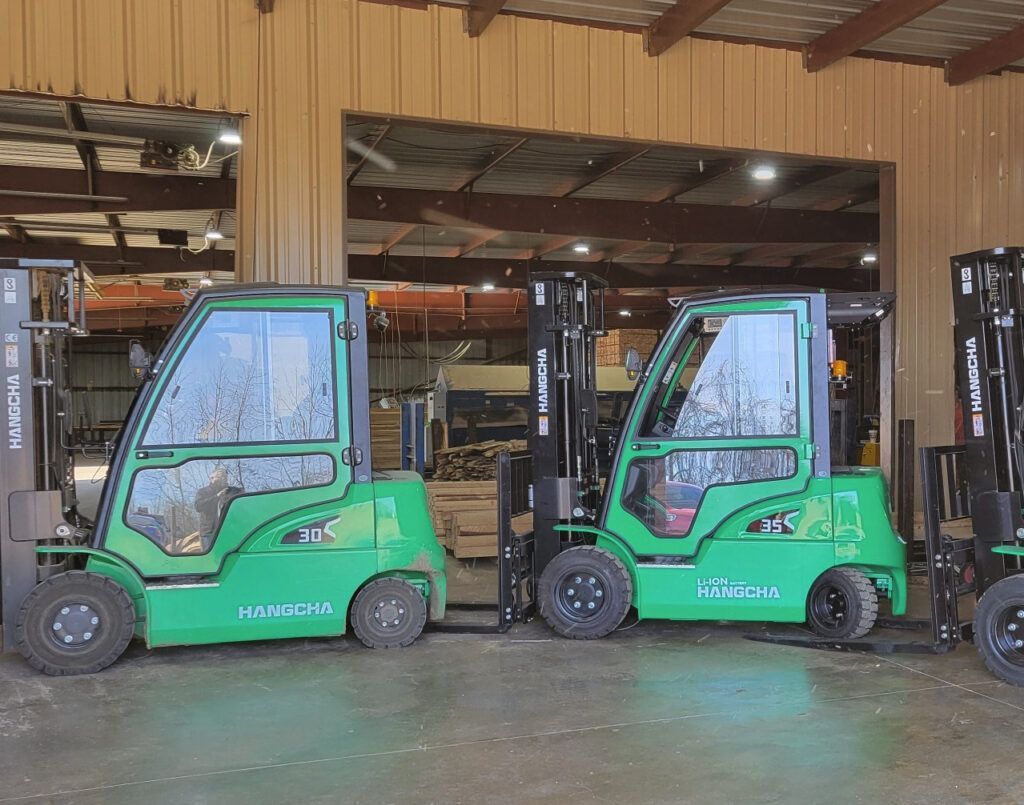Knowing When to Conduct Forklift Maintenance
When to Conduct Forklift Maintenance
When to Conduct Forklift Maintenance. The key to getting the most out of your forklift and maximizing its lifespan is to keep up with regular preventative maintenance. Remember when you bought your first car and a stern older relative informed you that keeping up with your oil changes and tire rotations would save you money and help you avoid costly repairs? The same is true for the forklifts in your warehouse.
Unfortunately, there’s much less common wisdom—i.e. “Change your oil every 3,000 miles”—for forklifts than there is for cars. So what do you need to do? And when do you need to do it? First and foremost, you should know that OSHA has put together an official guide to forklift vehicle maintenance. It may take a little while to read. In the meantime, here are a few tips to get you started.
Daily Checks
One of the most important OSHA requirements is to inspect each forklift daily before it’s used in order to ensure that it’s safe for operation. A daily checklist will help you make sure that all of the essential items are looked over.
- Fluid Levels – Fuel, water, and hydraulic fluid should all be at the right levels to ensure smooth operation.
- Tires – Check the pressure and the condition of your forklift tires to maximize safety and comfort.
- Safety Equipment – Are the seatbelts working? What about the overhead and finger guards?
- Brakes – Always make sure that your brakes are in good working order.
- Forks – Carefully inspect the forks for proper operation, and for any damage. Failing to notice issues here could impact your ability to safely move items in the warehouse.
Maintenance Schedule
Daily checks will help you notice warning signs before they become serious issues. But periodically, more extensive maintenance is required. You’ll want to set a regular maintenance schedule. When developing that schedule, there are several factors to consider.
Recommended Guidelines
Check the recommended guidelines for the type of forklift you have—internal combustion, propane, electric—and for the brand of forklift. Typically, these guidelines will be available from the manufacturer, as is the case with Hyundai forklifts.
Age of the Fleet
For older forklifts, you’ll want to make your maintenance intervals closer together in order to keep on top of issues that may be developing.
Size of the Fleet
This is another constraint that will determine how much risk you can take on. If you’ve got a large fleet with some redundancy built in, you can spread maintenance out a bit more. If you’ve got exactly as many forklifts as you need, you can’t afford to have one go down. In that case, you’ll want to be sure you stay on top of your forklift maintenance with frequent inspections.
Trusted Forklift Repair
Here at Benco Industrial Equipment in St. Charles, MO, we pride ourselves on providing comprehensive forklift repair and maintenance services. We can also help you develop a maintenance schedule that works for your forklift fleet and your business. Our job is to make sure you never miss a beat. Call us today at 636-486-1693 or 888-946-8236 for reliable forklift repair in the St. Louis Metro Area and throughout the Midwest.
Christmas is around the corner and the best gift for any occasion is a Rubik’s Cube that you can easily solve with this cube puzzle tutorial.
The post Knowing When to Conduct Forklift Maintenance appeared first on Benco Industrial Equipment.




